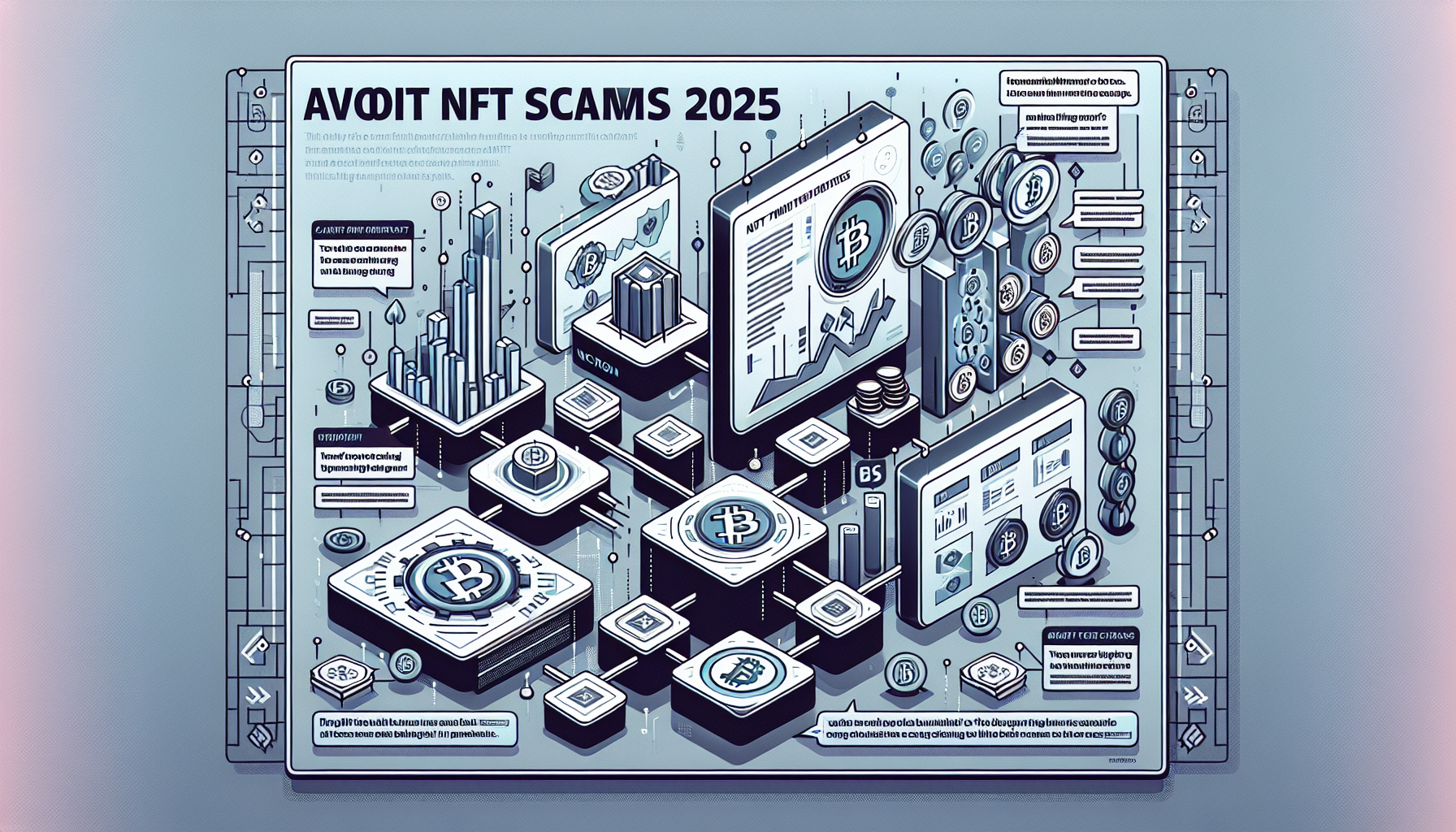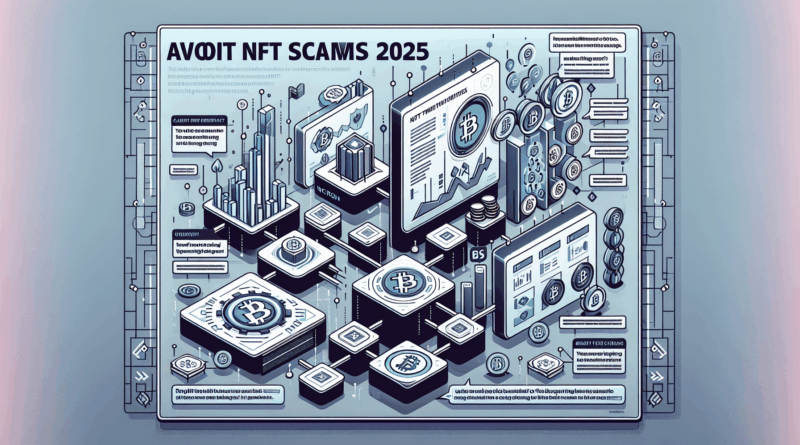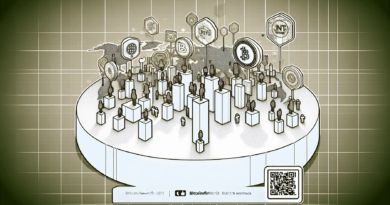How to Avoid NFT Scams in 2025: Essential Tips for Secure Transactions
Introduction
In the rapidly evolving world of digital assets, especially with the skyrocketing popularity of NFTs, concerns surrounding scams are more pertinent than ever. Did you know that in 2025, statistics show that over 30% of NFT transactions could potentially involve some form of scam? For new and seasoned buyers alike, understanding how to protect yourself from these fraudulent activities is crucial.
Understanding NFT Scams
NFT scams vary in nature, but they typically share common tactics aimed at tricking unsuspecting users. Here’s how they work:
- Phishing Attacks: Fraudulent websites that mimic legitimate platforms.
- Fake NFTs: Sales of non-existent or stolen digital artworks.
- Rug Pulls: Creators disappearing with funds after promising a project.
For instance, you might encounter a website that looks identical to a popular NFT marketplace, only it’s an elaborate trap designed to steal your funds. Educating yourself about these scams is the first step in protecting your investments.

Choosing Reputable Marketplaces
One of the most effective strategies to avoid NFT scams in 2025 is to use reputable marketplaces. Always look for platforms that offer:
- Verified Listings: Ensure the platform verifies artists and their works.
- Customer Support: Responsive assistance in case of suspicious activities.
- Secure Payment Methods: Utilize trusted payment gateways to ensure transaction safety.
For example, using sites like OpenSea and Rarible, where you can check artists’ credentials and the history of the NFTs, reduces your chances of falling prey to scams significantly.
Implementing Security Measures
Beyond choosing the right platform, taking personal security measures is equally essential:
- Use Hardware Wallets: Devices like Ledger Nano X can lower hacking risks by up to 70%.
- Two-Factor Authentication (2FA): Always enable 2FA on your accounts.
- Regularly Update Software: Keeping your device and applications up-to-date can protect against vulnerabilities.
For instance, a hardware wallet stores your NFTs offline, significantly minimizing the risk of theft or hacking, a must in the NFT landscape.
Staying Informed and Vigilant
Staying updated on the latest scam tactics and industry trends is vital. Consider the following actions:
- Follow Industry News: Websites like BitcoinInfoWorld provide valuable insights and updates
- Join Communities: Engage in forums and groups focusing on NFT discussions to share your experiences.
- Report Suspicious Activity: If something seems off, report it to the platform and warn others.
As a reminder, according to a recent report by Chainalysis, the volume of transactions in the NFT sector is projected to grow by 50% in the coming year, making vigilance all the more critical.
Conclusion
To summarize, avoiding NFT scams in 2025 requires a multi-faceted approach: choose reputable marketplaces, implement robust security measures, and stay informed about the latest trends and scams. Don’t wait for a scam to happen—be proactive! For more insights on digital asset safety, consider downloading our comprehensive security wallet guide today.
Stay safe, and happy NFT trading with BitcoinInfoWorld!
Author: Dr. John Ledger, a renowned blockchain security expert, has published over 50 papers in the field and led audits for several well-known NFT projects.




